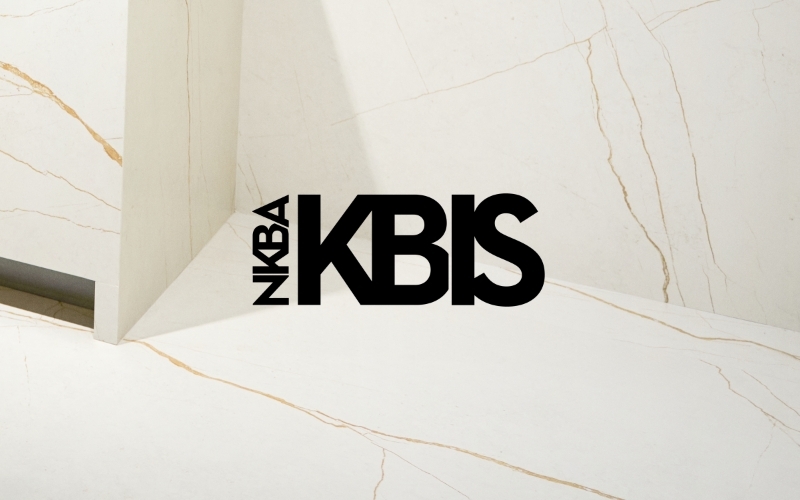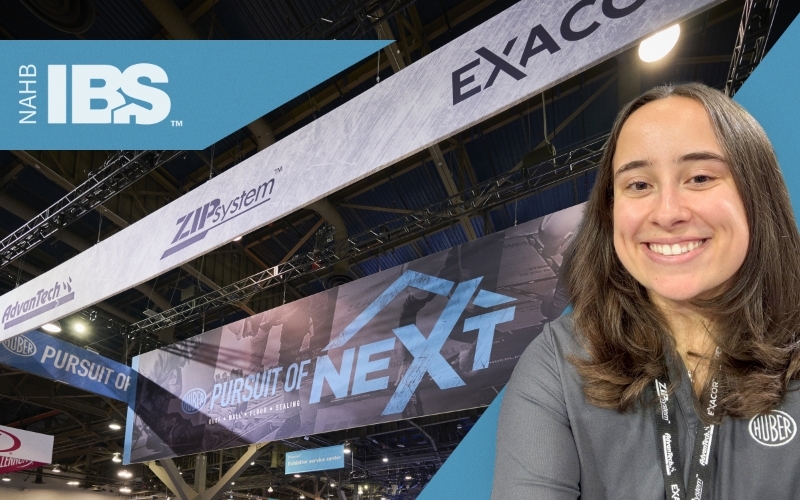Industry Trends
Marketing Insights
The residential remodeling market posted a record-breaking $340 billion in 2015, beating the previous high set in 2007 by 7 percent. And between now and 2025, remodeling spending is set to grow 2 percent every year.
The recent Demographic Change and the Remodeling Outlook by the Joint Center for Housing Studies of Harvard University highlighted this and more. The residential remodeling industry, which includes both homeowners and rental property owners, is growing. But who is fueling it?
Here are three key takeaways from the report:
1. Residential remodeling is strong, and boomers are fueling it.
“With national house prices rising sufficiently to help owners rebuild home equity lost during the downturn, and with both household incomes and existing home sales on the rise, we expect to see continued growth in the home improvement market,” said Kermit Baker, director of the Remodeling Futures Program at the Joint Center for Housing Studies.
Aging in place is a major buzz term these days, and for good reason. Older homeowners are driving the remodeling market as they prepare to stay put and improve their current homes.
By 2025, remodeling expenditures by homeowners in the 55-plus category will grow by more than 30 percent. By then, boomers are also expected to account for a 56 percent share of market spending. That’s 25 percent more than they had in 2005.
As for where boomers are spending, they are driving growth in markets like Atlanta, Dallas, Memphis and Raleigh. In 2015, their average per-owner spending surpassed other age groups by more than 25 percent.
For younger buyers, affordability is a major driver. As home prices rise and more boomers look to age in place, many younger buyers are considering older, outdated homes and investing more in home improvement. For homeowners 35 and under, more affordable markets like Detroit and Kansas City are appealing. Comparatively, in 2015 that age group’s share of aggregate home improvement spending was more than twice that of their counterparts in more expensive markets like Los Angeles and San Francisco.
2. The rental stock is being rejuvenated.
Since 2010, investments in rental apartment properties have been on the rise.
“The rental stock in the U.S. is really quite old,” Baker said. “The average rental age is 40 years old, and that stock was not well-maintained the last 10 to 15 years.”
Now, those rental units are being fixed up. Between 2010 and 2015, real per capital expenditures rose around 12 percent each year.
“During the housing crash a lot of single-family detached homes converted to rentals, but that trend is changing,” Baker said.
For those younger buyers, this presents an opportunity to fix up an outdated home. And the remodeling industry can look forward to even more growth.
3. Awareness is driving growth.
The healthy home and home automation movements aren’t new, but they’re gaining more traction. And fast.
“There are a lot more niche markets now than when we started looking at this industry 20 years ago,” Baker said. “Healthy homes weren’t on people’s radar screens 10 to 15 years ago.”
Of contractors surveyed, more than 25 percent said they’ve seen a rise in revenue from projects related to home automation.
“Home automation has been around quite awhile, but people are more aware of mobile technology and mobile control now,” Baker said. “Today, it’s just second nature to use our cellphones to manage our lives.”
Now, as homeowners look to spend money on remodeling projects, they have more opportunities to control things like security, energy management and lighting controls from their handheld device.
As the residential remodeling market continues to exceed previous records, marketers have a growing landscape to sow. To learn more about the residential remodeling market, read the JCHS study.
You might also be interested in:
Millennials and Mortgage Rates in 2017


